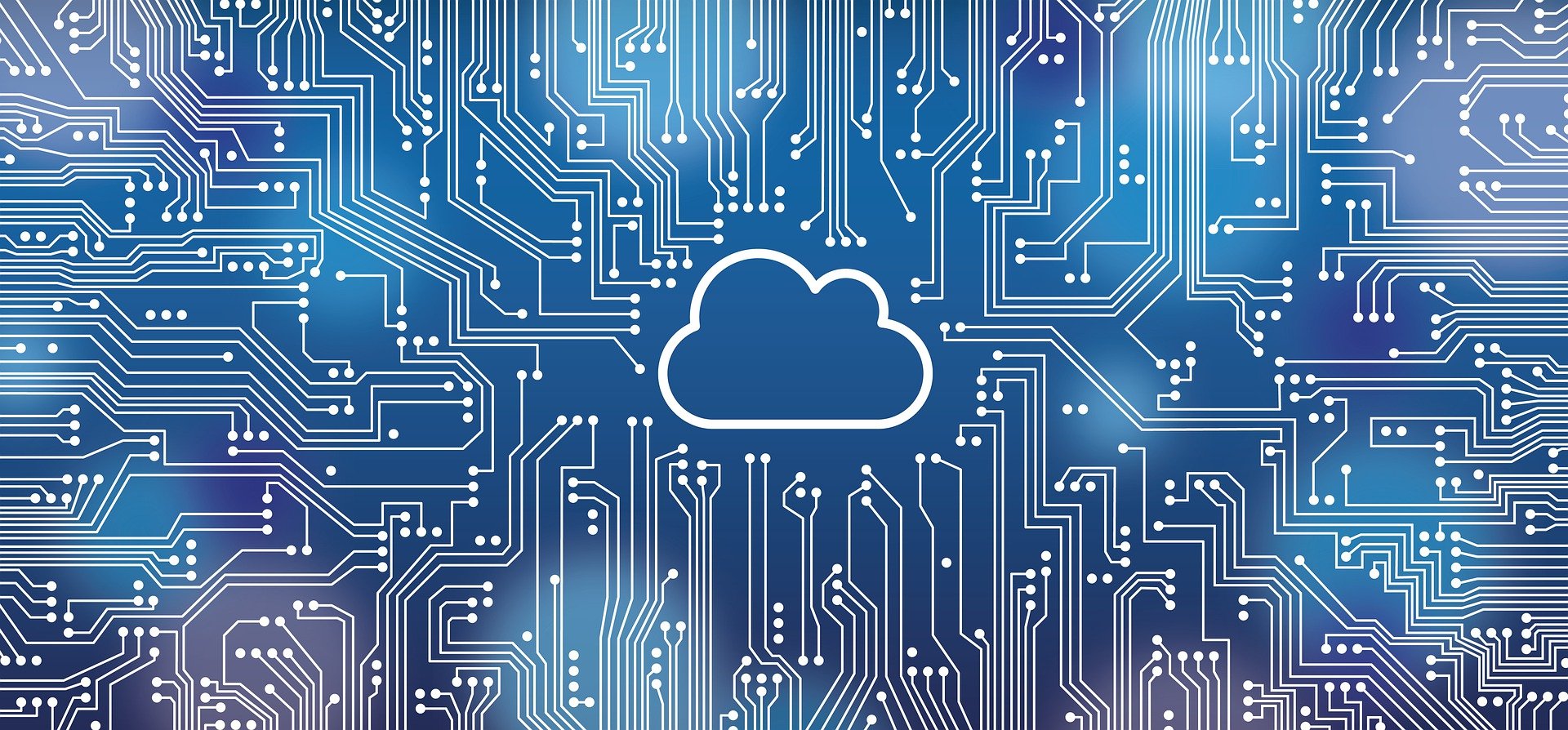
The development and implementation of managed access control systems remains one of the most important aspects of physical security for most modern organisations, with reports finding the global access control and authentication market to be growing at a CAGR of 11.4% to reach a total market size of $37.2 billion by 2032. But these figures may not illustrate the full picture.
Though physical access control systems continue to be popularly utilised by organisations of all sizes, studies in recent years have revealed as little as 41% of businesses operating physical access control technology feel their systems meet or exceed necessary functional requirements.
Of course, there are several key contributing factors that are likely to be impacting the efficacy of some installed physical access systems. Be that an estimated 38% increase in global cyber attacks posing a threat to converged security systems, or even calls for more touchless access solutions in the wake of the pandemic, many businesses may feel their systems need updating.
Thankfully, continued developments in the field of cloud-based access control technology look well-positioned to address a majority of business leader’s pressing security concerns. Integrated systems can now provide security teams with automated responses, predictive analysis features and remote-access functionality. To understand the true impact of these developments, here’s how cloud-based solutions are shaping the future of access control tech for modern businesses.
On-premises vs cloud-based security solutions
Before discussing the specific benefits associated with the deployment of cloud-based access control solutions, it’s important to outline how the use of cloud-based technology differs from traditional on-premises security systems. Primarily, opting to host commercial security systems within cloud-based servers offers businesses a greater degree of control over live installations.
For example, in order to appropriately manage access control and user authentication features within a traditional on-premises system, teams will be required to access management platforms via the site’s local network. This means adjusting functions like active permissions, data security software and access control door locks can only be performed by on-site security and IT teams.
Comparatively, cloud-based security management platforms enable admins to quickly configure and adjust active systems from remote locations using any secure smart device, allowing teams to immediately respond to detected anomalies and revoke live permissions if necessary, as well as view live data feeds pertaining to connected devices to better understand unfolding incidents.
Essentially, choosing to operate cloud-based access control solutions offers organisations a far greater degree of flexibility and authority over the management of physical security responses.
The benefits of cloud-based access control
By opting to host the management of access control solutions within cloud servers, security and IT teams extend the functionality of existing hardware far beyond the limitations of a segregated system. This means access control devices can be informed by data from additional systems to measurably improve the efficacy of incident responses, and offer almost limitless customisation.
Remote-access functionality
Alongside preventing unauthorised access to private properties by limiting entry only to persons carrying verified credentials, modern access control systems must be designed to provide users with a convenient way to enter facilities. Any bottleneck or delay in access verification may have a negative impact on productivity, and could even lead to significant health and safety issues.
Cloud-based access control solutions act to mitigate these concerns by enabling security and IT teams to view live access logs and adjust active hardware remotely, meaning issues regarding suspected faults can be immediately addressed. In addition, admins can grant access to guests and visitors remotely, so access for contractors and interviewees can be managed appropriately.
Remote-access capabilities have become even more crucial with the rise of hybrid work models, an employment schedule that almost 30% of all full-time employees adhere to. With employees working at different times, security staff must be positioned to provide assistance across a wider timeframe, a consideration that can be achieved by enabling teams to adjust systems remotely.
Integrated security solutions
In addition to improving the functionality of existing access control devices, acting to develop a cloud-based security management system allows teams to connect multiple essential security devices together to form integrated solutions. This means security cameras, alarm systems and a wide variety of Internet of Things (IoT) devices can be used to inform access control systems.
For example, cloud-based security cameras equipped with AI data analytics software can be connected to access readers via a wider web-based management platform. If these cameras detect suspicious events such as a person carrying contraband items or a physical altercation, access control locks can be automatically engaged and security teams can be notified remotely.
Security personnel will also be able to view live camera feeds remotely if a suspicious access event has been detected, enabling staff to investigate suspected intrusion events promptly, with additional options to revoke compromised credentials and activate alarms to alert employees.
Automated incident responses
Intelligent cloud-based business security solutions can be used to strengthen access control solutions in many more ways than video security integrations. By utilising specialised IoT devices including motion, temperature, sound and occupancy sensors, automated responses can be developed.
Examples include IoT motion sensors instructed to secure access points when triggered, IoT noise sensors configured to lock doors and activate alarms if sounds consistent with a break-in are detected, and IoT occupancy sensors used to open new access ways to redirect foot traffic.
Automated responses and integrations can be customised to suit the unique requirements of each installation, and to ensure that businesses are compliant with both industry-specific and government-issued regulations, improving the management and operation of access solutions.
Data security and maintenance
Finally, cloud-based access control systems receive significant data security and maintenance benefits as a result of being hosted on cloud servers. Identifiable user data will always be made available to teams when needed and automatically backed up to minimise the risk of data loss.
Advanced AI programs can also be deployed to autonomously scan data storage systems in search of any suspicious actions that may indicate an incoming cyber attack, allowing teams to engage automatic and immediate incident responses to reduce threats posed by data breaches.
Perhaps most important of all, cloud-based access solutions will receive updates and essential maintenance automatically provided the system is online, ensuring devices are protected from novel threats and that exposed vulnerabilities are addressed and fixed frequently and efficiently.
Summary
Well-managed access control remains an essential component of commercial physical security systems, but today’s organisations must upgrade legacy solutions to meet modern demands. By migrating existing access systems to operate from a cloud-based management platform, teams can create customised, flexible and autonomous solutions to improve wider security responses.
These easily scaled, automatically updated and freely integrated access security systems allow staff to adapt to changing needs and upgrade security systems as and when desired, displaying how the profound flexibility of cloud-based solutions is shaping the future of access control tech.
Want to learn more about cybersecurity and the cloud from industry leaders? Check out Cyber Security & Cloud Expo taking place in Amsterdam, California, and London. Explore other upcoming enterprise technology events and webinars powered by TechForge here.






